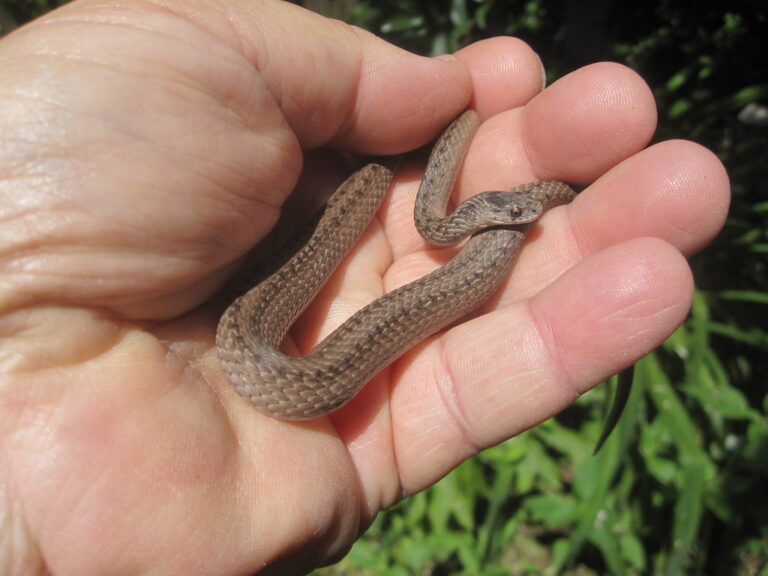The spiritual significance of baby snakes is explored in this article, with various interpretations across different cultures and traditions. While adult snakes are often associated with negative traits, baby snakes can represent new beginnings, renewal, or vulnerability. In shamanic traditions, they are seen as messengers from the spirit world and a symbol of transformation. In yogic traditions, the snake is used as a symbol for kundalini energy, while in tarot card readings and as animal totems, baby snakes can represent fertility and the need to shed old patterns and beliefs. It’s important to respect these creatures and protect their habitats for future generations.
The Spiritual Significance of Baby Snakes
Introduction: Baby snakes are often associated with fear or danger, but in many cultures, they also have a deeper spiritual meaning. In this article, we will explore the various spiritual interpretations of baby snakes and what they represent.
The Symbolism of Snakes in Different Cultures
Throughout history, snakes have been revered or feared in different cultures. In ancient Egypt, snakes were associated with royalty and power, while in Hinduism, they were seen as a symbol of renewal and transformation. In Christianity, the serpent is depicted as a tempter or deceiver in the Garden of Eden.
The Spiritual Meaning of Baby Snakes
While adult snakes are often associated with negative traits like deception or evil, baby snakes represent something different. In some cultures, they are seen as a symbol of rebirth, renewal, or regeneration. They can also represent innocence, vulnerability, or the beginning of a new life journey.
The Importance of Snakes in Shamanic Traditions
In many shamanic traditions, snakes play an important role as spirit animals or guides. They are often seen as messengers from the spirit world and are revered for their ability to shed their skin and renew themselves. They can also represent the power of transformation or the need to shed old habits and beliefs.
The Connection between Baby Snakes and Kundalini Energy
In yogic traditions, the snake is often used as a symbol for kundalini energy – the dormant energy that lies at the base of the spine. When awakened, this energy can lead to spiritual enlightenment and transformation. The image of a baby snake can represent the potential for this transformative energy to emerge.
Baby Snakes in Dreams: What They Mean
If you dream of a baby snake, it can have different meanings depending on the context. It may represent a new beginning or change in your life, or it could be a warning of potential danger or deceit. Pay attention to the details of the dream to better understand its significance.
Baby Snakes in Tarot Cards
In tarot card readings, snakes can appear in various forms, including as a baby snake. Depending on the card and its position in the spread, a baby snake can represent fertility, new beginnings, or the need to shed old patterns and beliefs.
Baby Snakes as Animal Totems
As animal totems, baby snakes can represent the power of new beginnings or the need to shed old skin and start fresh. They may also symbolize the ability to adapt to new situations and environments. If you feel drawn to snakes or keep seeing them in your life, it could be a sign that this animal is your totem.
The Importance of Respect for Snakes
While baby snakes can have positive spiritual meanings, it’s important to remember that they are still wild animals that should be respected and handled with care. Many snakes are endangered or threatened due to habitat loss and human activities, so it’s important to take measures to protect them and their habitats.
Conclusion: The Multifaceted Spiritual Meaning of Baby Snakes
In conclusion, baby snakes have numerous spiritual significances across various cultures and traditions. Whether they represent renewal, transformation, or vulnerability, they remind us of the cyclical nature of life and our ability to adapt and change. By respecting these creatures and their place in the natural world, we can honor their spiritual significance and protect their habitats for future generations.
